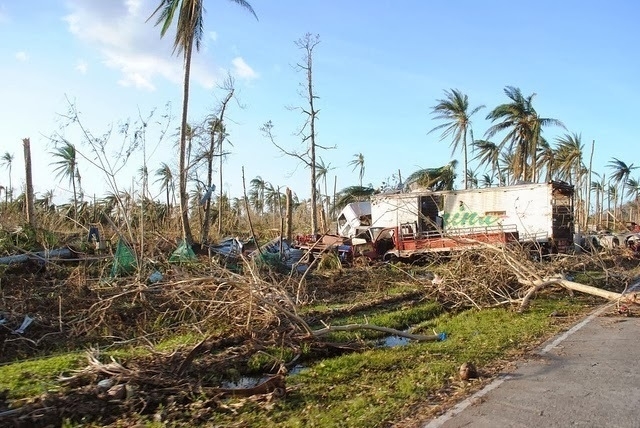Culture
Fête wisely this 2016
Contributed Post
This is a contributed post from Carl Dominick Calub of TALAS Data Intelligence
It’s Fête 2016!
For you who have just heard about it, you can visit their FB page to know if you should know about it. The gist is music-lovers the world over celebrate Fête dela Musique — World Music Day — in June every year. In the Philippines this year, the 22nd Fête will be held on 18 June 2016 in Makati.
Where in Makati? EVERYWHERE. It’s the ultimate bar-hopping event for audiophiles! Multiple gigs called pocket stages are set up in different bars. Each stage showcases a different genre. This year, there will be 21 pocket stages. That means 21 different genres!
There are also two main stages that play alongside the pocket stages for those who don’t fancy spelunking around Makati. While each pocket stages is dedicated to a specific genre, the main stages feature a more diverse lineup of artists.
The main stages serve as convenient samplers of the different music themes. But the pocket stages are more interesting for people not just because they offer a more immersive experience, but also because there’s a problem to solve. If you can visit all 21 gig locations, then you can enjoy your share of concerts for the year. The cherry on top: you don’t have to pay a single peso!
With that many stages, it can be a very daunting task though. So how do we make it easier? Let’s follow the data.
On What It Means to Be Filipino

Culture has always been tricky to measure, but by asking the right questions we can get a grasp of how Filipinos think. In this photo, hot ai’r balloons fly at the 16th International Hot Air Balloon Fiesta in Subic, Philippines. (Photo: Lady May Pamintuan/Flickr, CC BY-ND 2.0)
What’s important in life? What do you want in a job? Is suicide justifiable? Would you want a drug addict as a neighbor? How many children would you like to have? Do you have confidence in the church? Find out how Filipinos responded to these types of questions using data from the World Values Survey.
On True Filipino Resilience

The scale of death and destruction in the eastern provinces of Leyte and Samar is immense. (Photo: EU Humanitarian Aid and Civil Protection/Flickr, CC BY-ND 2.0)
TRUE RESILIENCE IS PREPAREDNESS - Super Typhoon Yolanda (international codename Haiyan) struck the Philippine central islands last November 8, 2012. The humanitarian disaster was immense, with the death toll well into the thousands. The Philippines will recover and get back to business, but by no means can this cycle of rebuilding and destruction continue for the island nation.
On the Overweight and Obese: 1 in 4 Filipino adults are overweight, 1 in 20 are obese
From roughly 16%, 25% of the Filipino population is now overweight. (Photo: Thomas Kohler/Flickr, CC BY-SA 2.0)
A report by the Institute for Health Metrics and Evaluation reveals that obesity for both children and adults is on the rise in the Philippines. While girls are less prone to obesity than boys early on, this trend reverses as they become adults. However, both sexes are still losers in the battle of the bulge, as obesity rates increase as they age.
Filipinos love to eat, and the latest report from the Institute for Health Metrics and Evaluation (IHME) show that it might be negatively impacting obesity and overweight rates.
First, let’s take a look at obesity and overweight rates for both children and adults over time:
From 16% (1 in 6) in 1980, Roughly 25% (1 in 4) Filipino adults are overweight. The obesity rate has also increased from 3% to 5% in the past 30 years. For children, the overweight rate has nearly doubled from 2.7% (1 in 40) to 5.5% (1 in 20). Obesity rates have also been on the rise.
Next, let’s divide up the population by gender to see the differences between males and females:
There is a peculiar trend going on between the sexes. Overweight and obesity rates for female adults are higher than for male adults, but the opposite is true for children. Is this the effect of pregnancy in adulthood?
Lastly, we cut the population into age groups, and see how that’s evolved over time:
Obesity and overweight rates peak in around your 50’s, and are lowest in the late teens. Funnily enough, this seems to correlate with income over a person’s lifetime. The wallet grows and shrinks with the belly, doesn’t it?
There you go: a quick data primer on Filipino obesity and overweight rates. I think I’ll have to take a rain check on that buffet dinner.
Thanks for reading! If you found this post interesting, I’d appreciate it if you shared it on your social networks, or shared your thoughts in the comments. Data can be gathered from the IHME website.